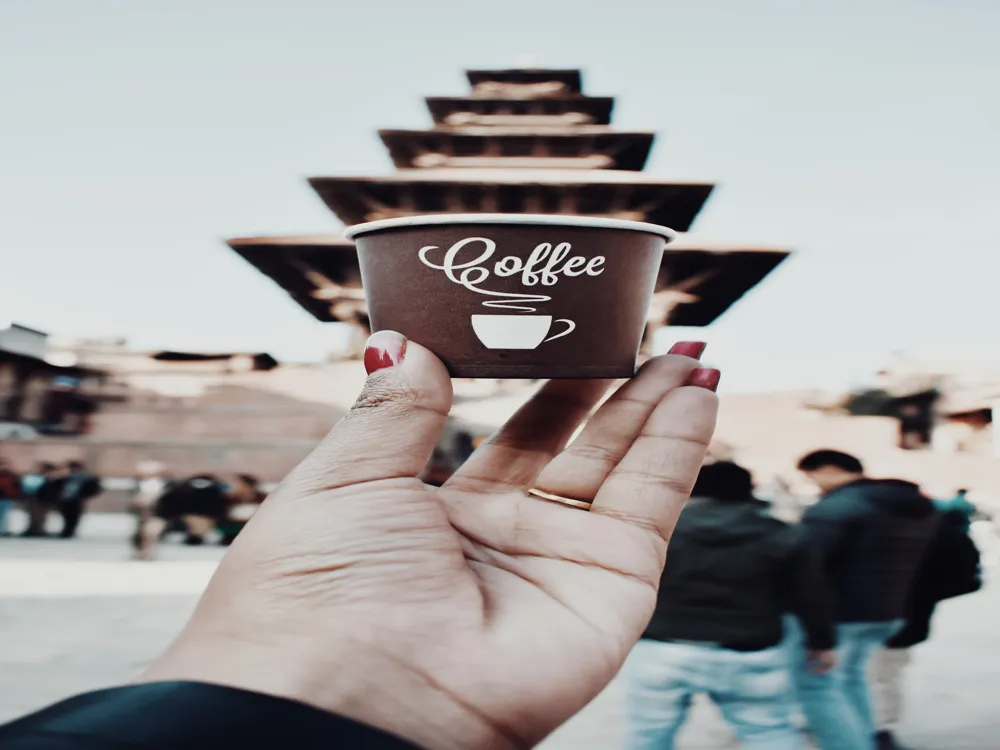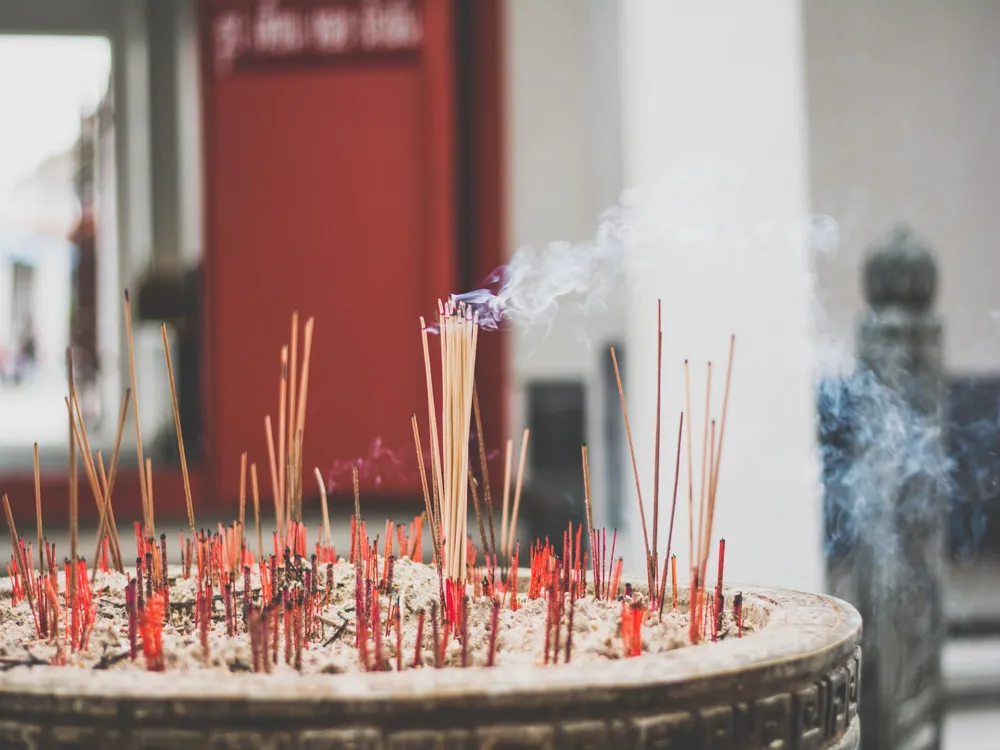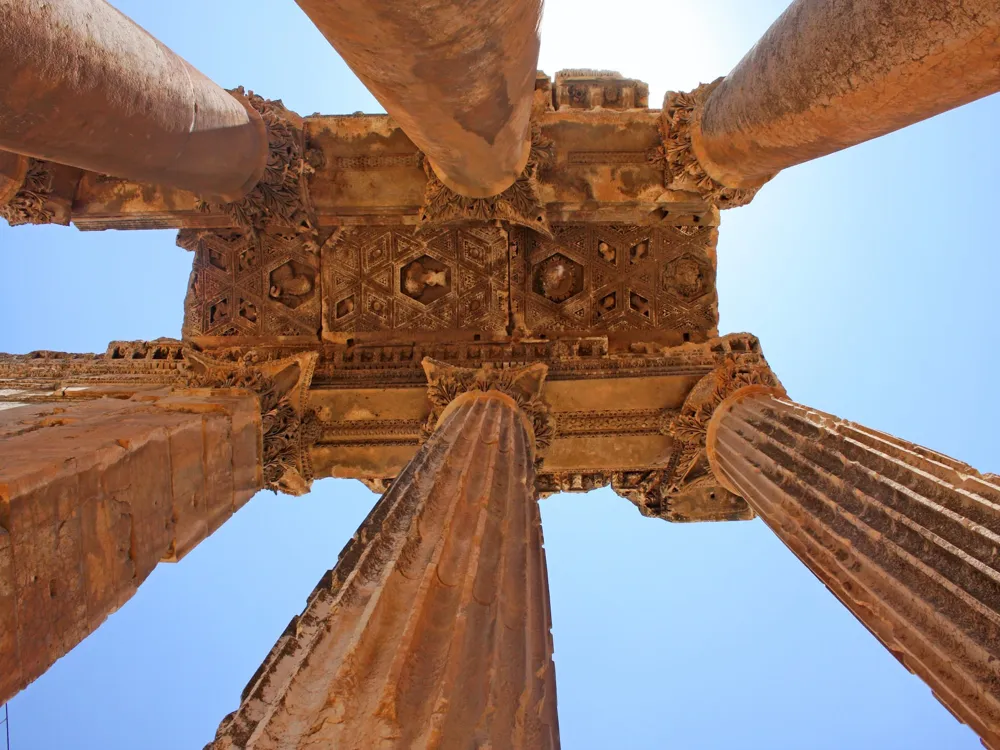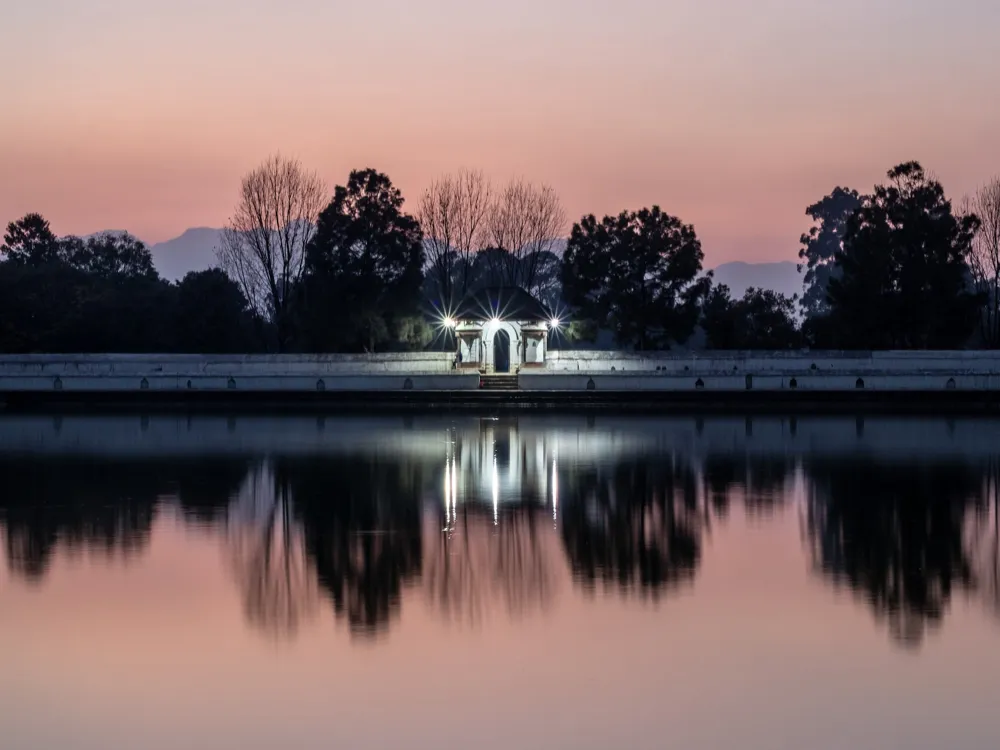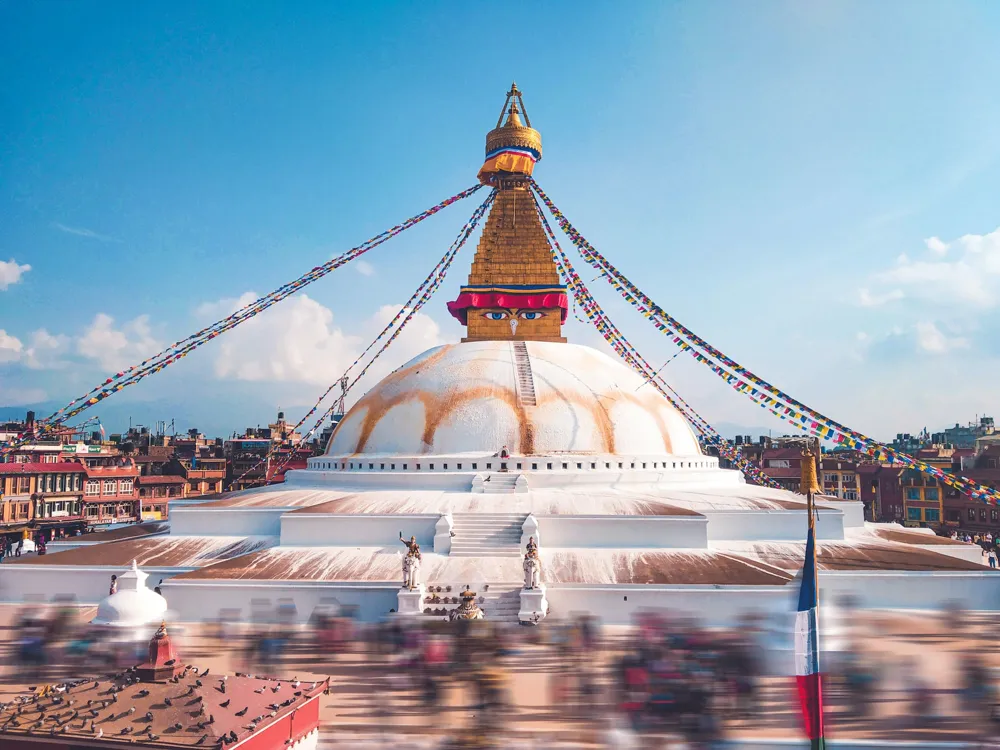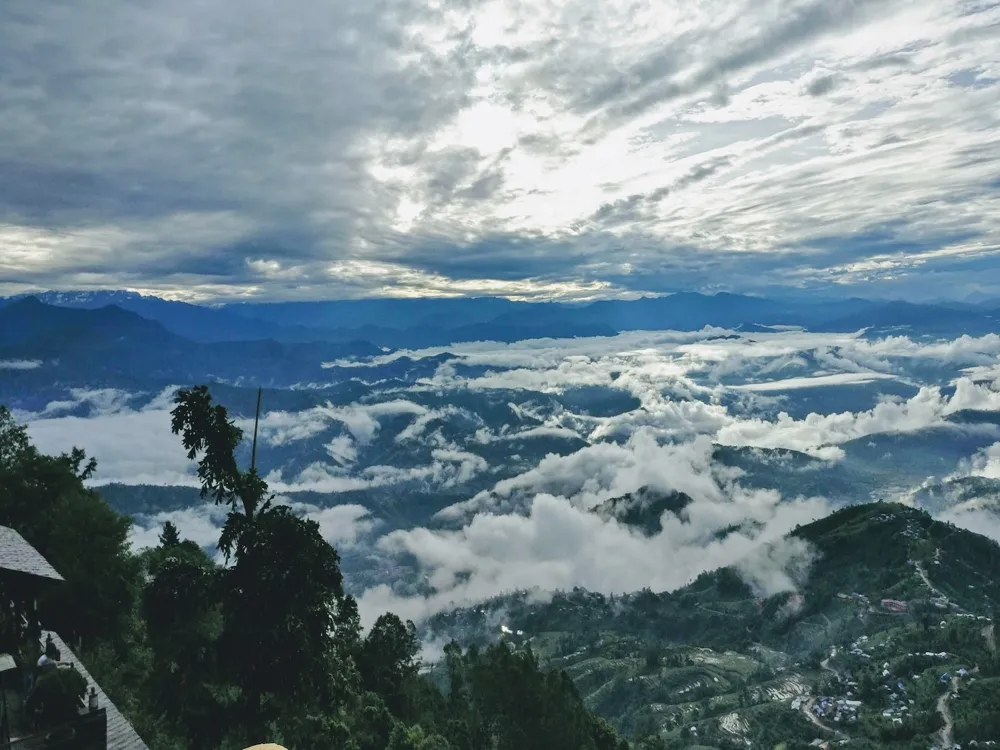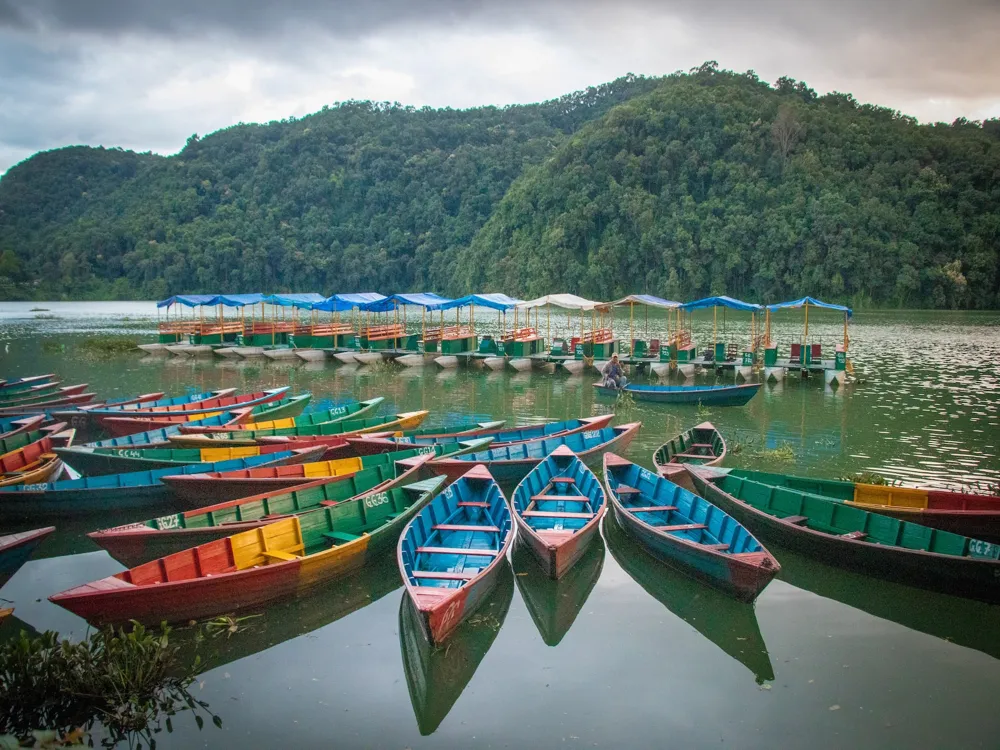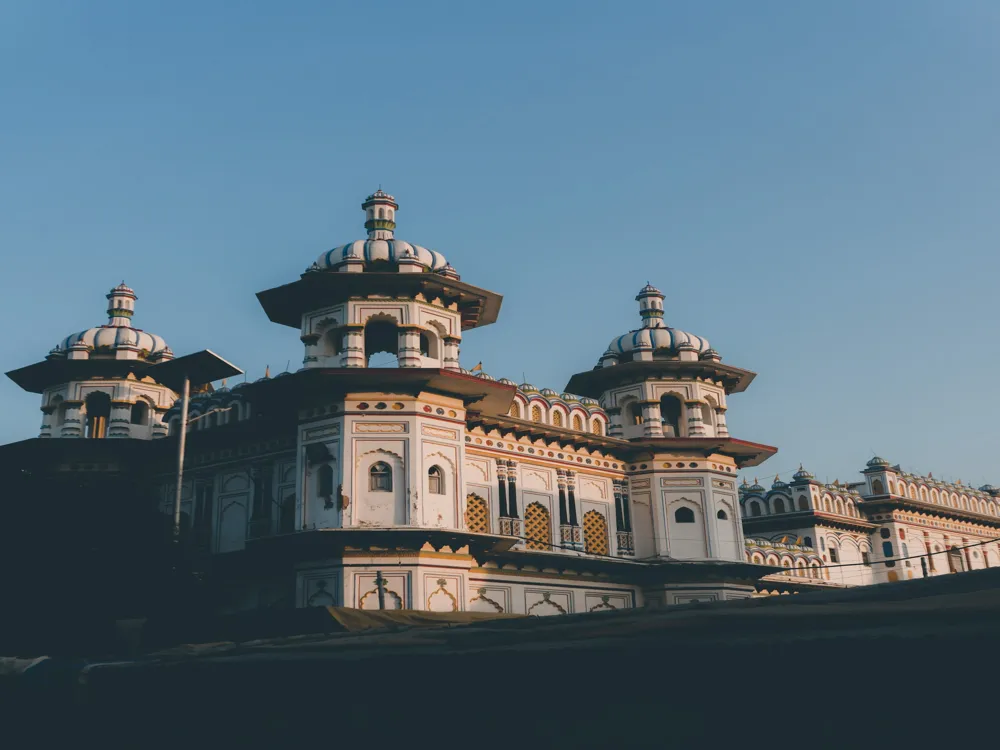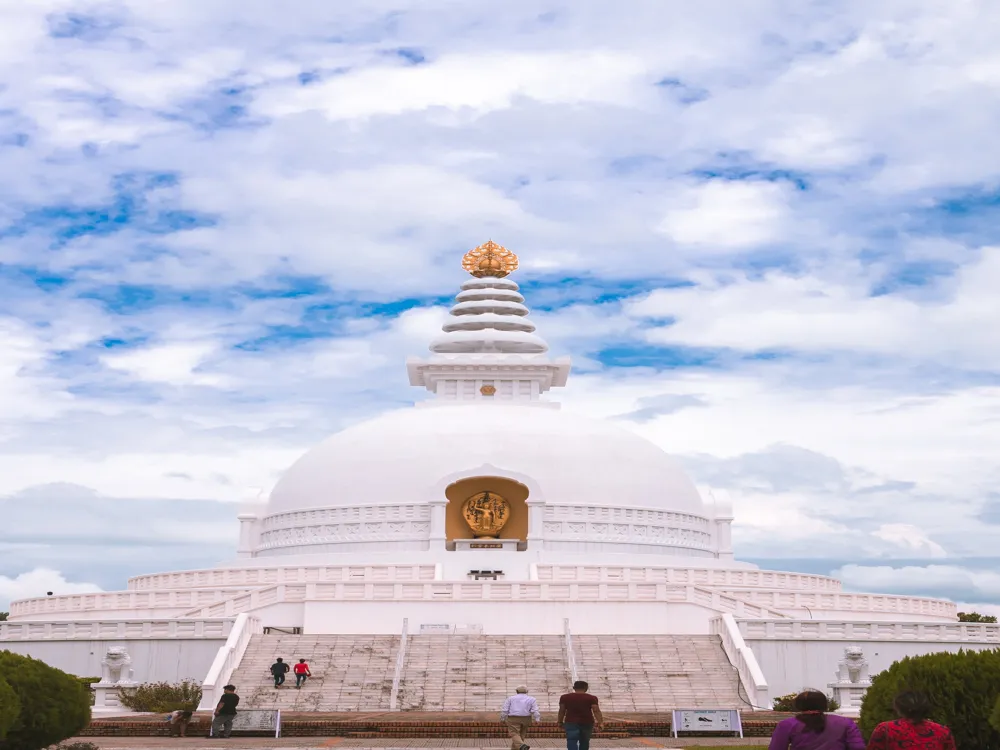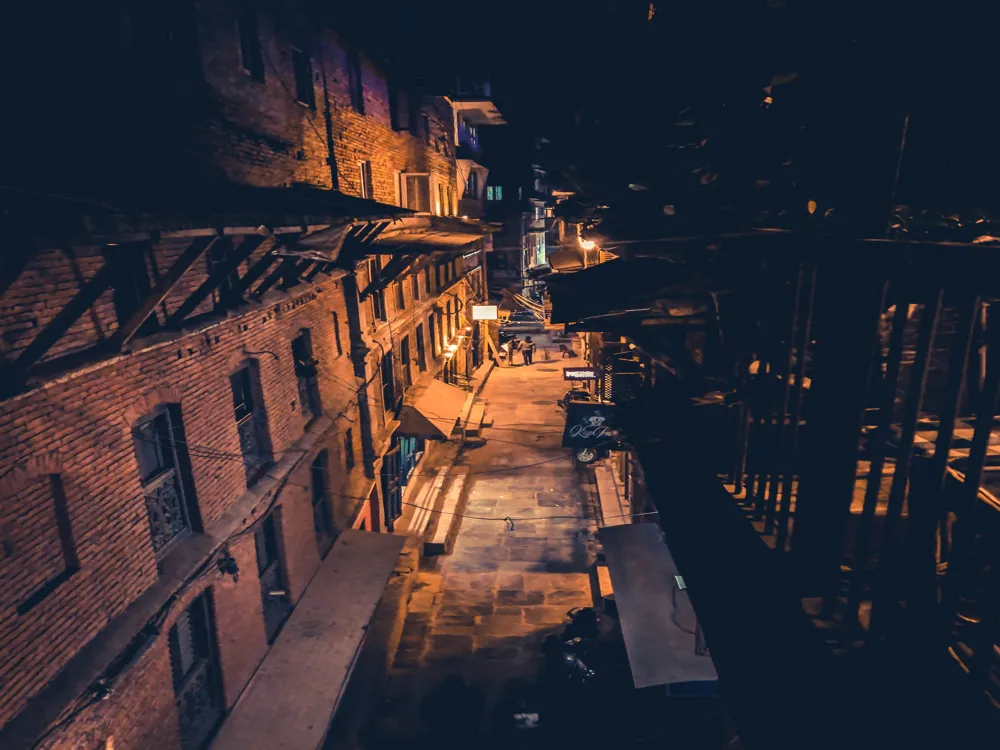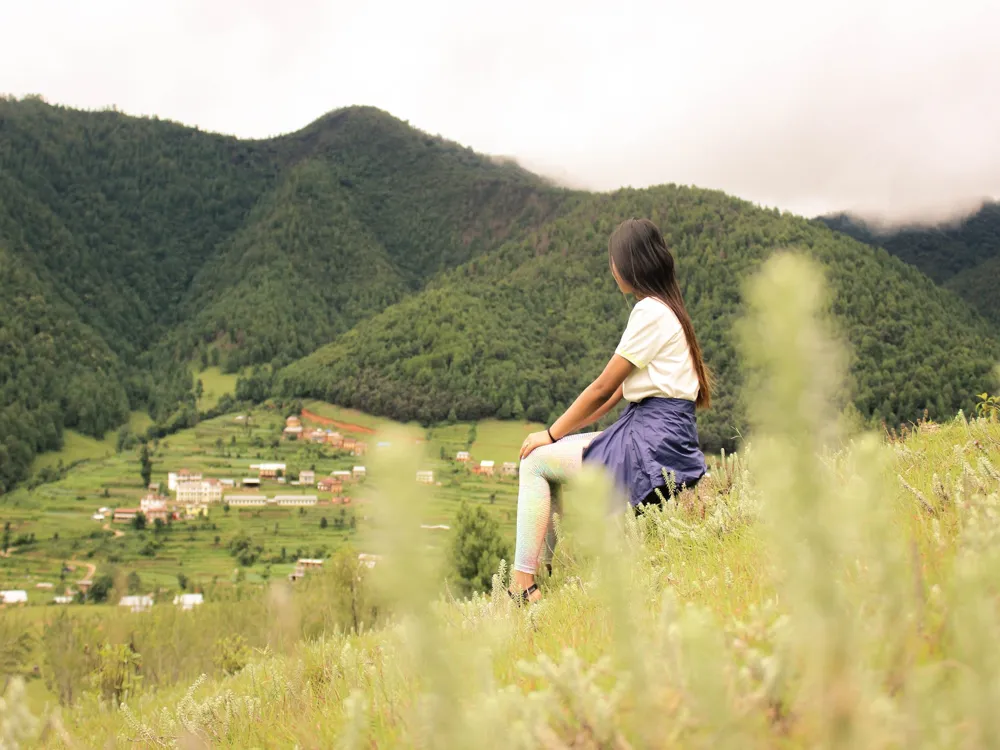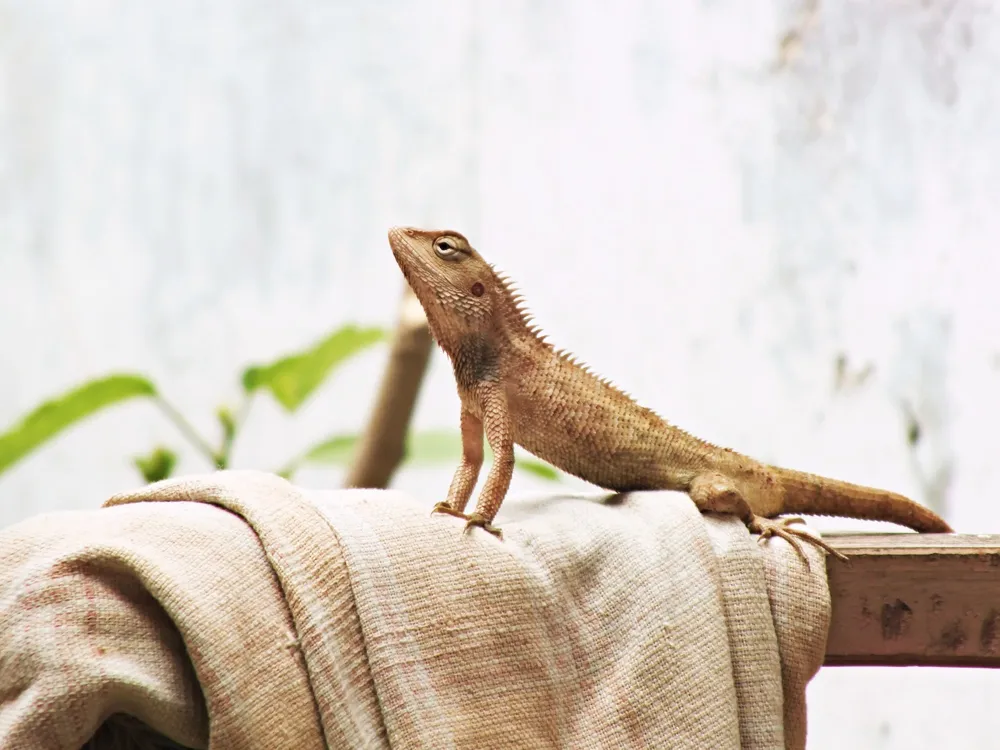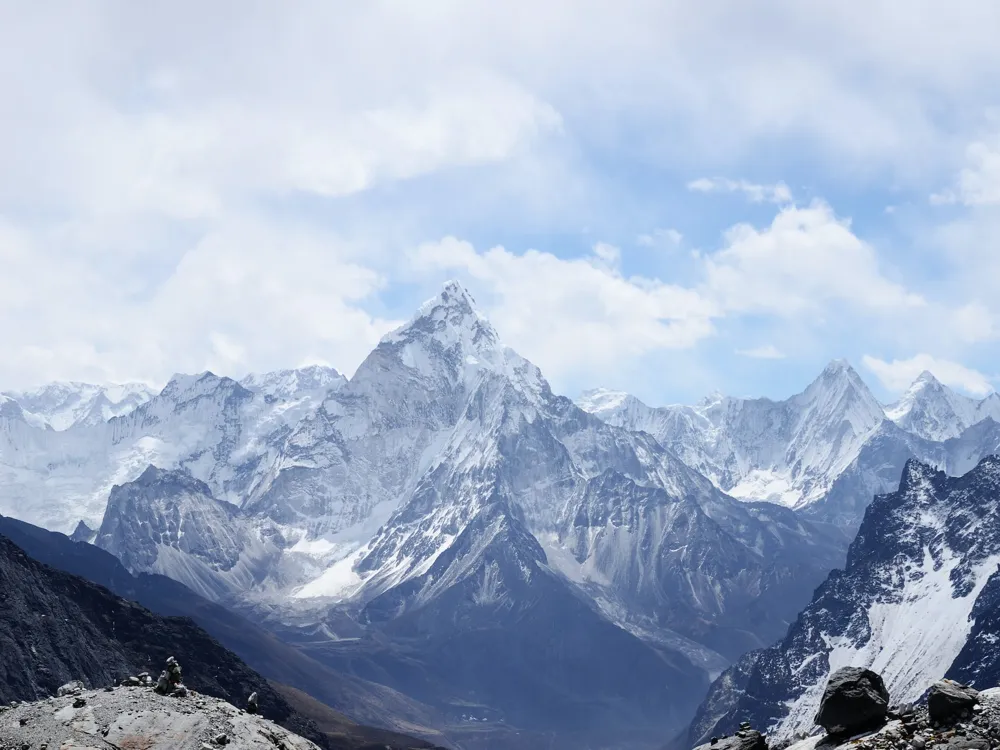Siddha Pokhari, also known as Ta-Pukhu, is a historic and cultural landmark situated at the entrance of Bhaktapur, Nepal. This ancient pond dates back to the early 15th century and was built during the reign of King Yakshya Malla. It holds immense significance in the local Newar community for its religious and cultural importance. The pond's serene ambience, coupled with its historic background, makes it a must-visit destination for both locals and tourists. The history of Siddha Pokhari is deeply intertwined with the cultural and religious fabric of Bhaktapur. It was originally constructed for practical purposes, such as irrigation and water supply, but over time, it evolved into a spot of religious importance. The pond is especially crowded during the Indra Jatra and Dashain festivals when people gather to perform rituals and immerse themselves in its cultural ambiance. Siddha Pokhari's allure is not only limited to its historical and religious aspects but also extends to its natural beauty. The pond, with its crystal clear water, offers a tranquil retreat from the hustle and bustle of city life. The presence of fish in the pond and the surrounding greenery add to its charm, making it a perfect spot for relaxation and contemplation. The architecture of Siddha Pokhari reflects the rich cultural heritage of Bhaktapur. The pond, measuring approximately 171 meters long and 73 meters wide, showcases the ingenuity of medieval Nepalese architecture. Its rectangular shape, aligned along the north-south axis, is a typical example of traditional Nepalese water architecture. The pond's design includes a series of stepped platforms leading to the water, which are not only functional but also add to its aesthetic appeal. These steps are a common feature in Nepalese architecture, serving as a gathering place for people and a spot for religious activities. The edges of the pond are lined with bricks, and the corners are marked with uniquely designed chaityas (small stupas), adding a religious dimension to its structure. One of the most striking features of Siddha Pokhari's architecture is the intricately carved stone spouts that adorn its edges. These spouts, often in the shape of mythical creatures, are not just decorative elements but are also used for ritualistic purposes. The architectural details of these spouts reflect the skilled craftsmanship of the Newar artisans of the medieval period. The best time to visit Siddha Pokhari is early in the morning or late in the afternoon to avoid the midday heat and to experience the pond in a quieter setting. Additionally, visiting during the local festivals like Indra Jatra and Dashain can provide a unique cultural experience. Visitors are advised to dress modestly and respectfully, keeping in mind the religious significance of Siddha Pokhari. It's important to maintain a serene environment and avoid loud noises or disruptive behavior. For photography enthusiasts, the pond offers excellent opportunities for capturing its architectural beauty and vibrant cultural activities. Early morning light provides a soft glow, perfect for photographs, and the reflections on the water can create stunning visuals. Siddha Pokhari is easily accessible from Kathmandu, the capital city of Nepal. Visitors can take a local bus or hire a taxi to reach Bhaktapur, and from there, Siddha Pokhari is within walking distance. For international tourists, Tribhuvan International Airport in Kathmandu is the nearest airport, and from there, they can reach Bhaktapur by road. Alternatively, visitors can also opt for guided tours that include Siddha Pokhari along with other attractions in Bhaktapur. Such tours often provide comprehensive insights into the historical and cultural significance of the landmarks, enhancing the overall experience. READ MORE:Overview of Siddha Pokhari in Bhaktapur
Architecture of Siddha Pokhari
Tips When Visiting Siddha Pokhari
Best Time to Visit
Dress Code and Conduct
Photography Tips
How To Reach Siddha Pokhari
Siddha Pokhari
Bhaktapur
NaN onwards
View bhaktapur Packages
Weather :
Tags : Historical Site
Time Required : 1-2 hrs
Entry Fee : No entry fee
Planning a Trip? Ask Your Question
Bhaktapur Travel Packages
View All Packages For Bhaktapur
Top Hotel Collections for Bhaktapur

Private Pool

Luxury Hotels

5-Star Hotels

Pet Friendly
Top Hotels Near Bhaktapur
Other Top Ranking Places In Bhaktapur
View All Places To Visit In bhaktapur
View bhaktapur Packages
Weather :
Tags : Historical Site
Time Required : 1-2 hrs
Entry Fee : No entry fee
Planning a Trip? Ask Your Question
Bhaktapur Travel Packages
View All Packages For Bhaktapur
Top Hotel Collections for Bhaktapur

Private Pool

Luxury Hotels

5-Star Hotels

Pet Friendly








